Gender Male Family Nibbles (ward/nephew) | Affiliation Tom Cat Species Mouse | |
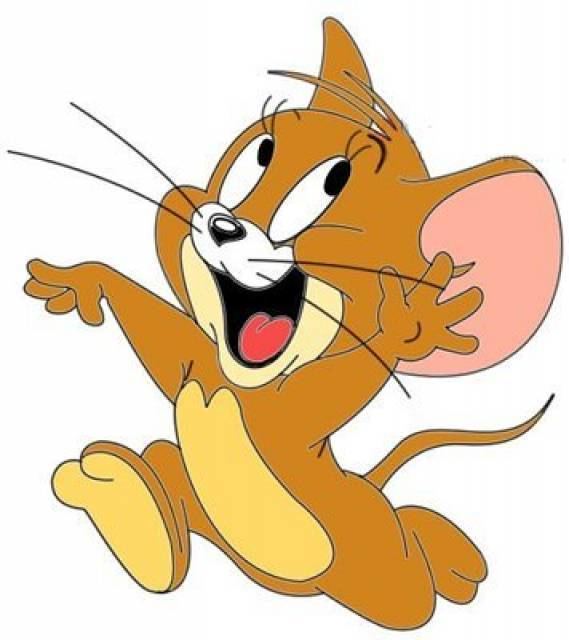 | ||
First appearance Puss Gets the Boot (as Jinx)
February 10, 1940
The Midnight Snack (as Jerry)
July 19, 1941 Created by William Hanna
Joseph Barbera Voiced by William Hanna (1940–1958)
Lillian Randolph (1946)
Paul Frees (1951-1956)
Allen Swift (1961–1962)
Mel Blanc (1963–1967)
Dana Hill (1992)
Toshiko Fujita and Junko Hori (Japanese) Movies and TV shows Tom and Jerry: The Movie Creators Joseph Barbera, William Hanna Played by Frank Welker, Dana Hill, Samuel Vincent, John Stephenson Similar Tom, Oggy, Tweety, Bugs Bunny, Droopy | ||
Jerry Mouse is a fictional character and one of the title characters (the other being Tom Cat) in Metro-Goldwyn-Mayer's series of Tom and Jerry theatrical cartoon short films. Created by William Hanna and Joseph Barbera, Jerry is a brown anthropomorphic house mouse, who first appeared as a mouse named Jinx in the 1940 MGM animated short Puss Gets the Boot. Hanna gave the mouse's original name as "Jinx", while Barbera claimed the mouse went unnamed in his first appearance.
Contents
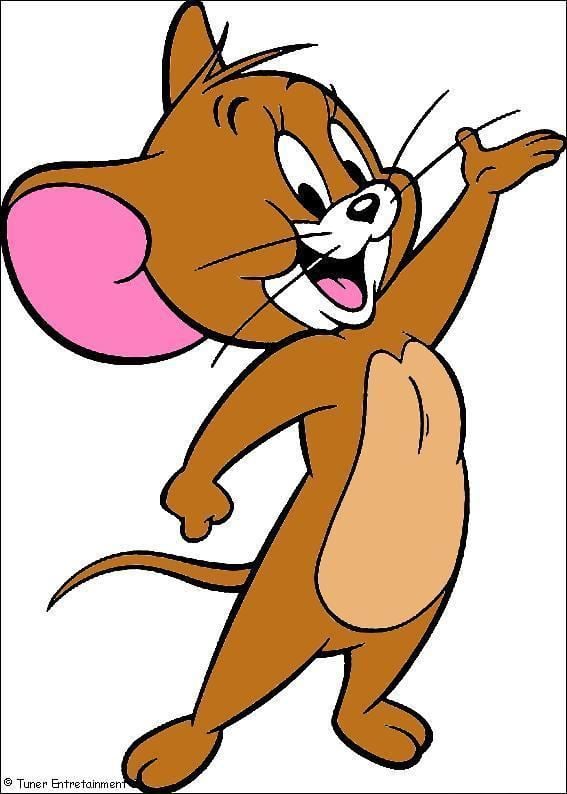
Tom and Jerry cartoons
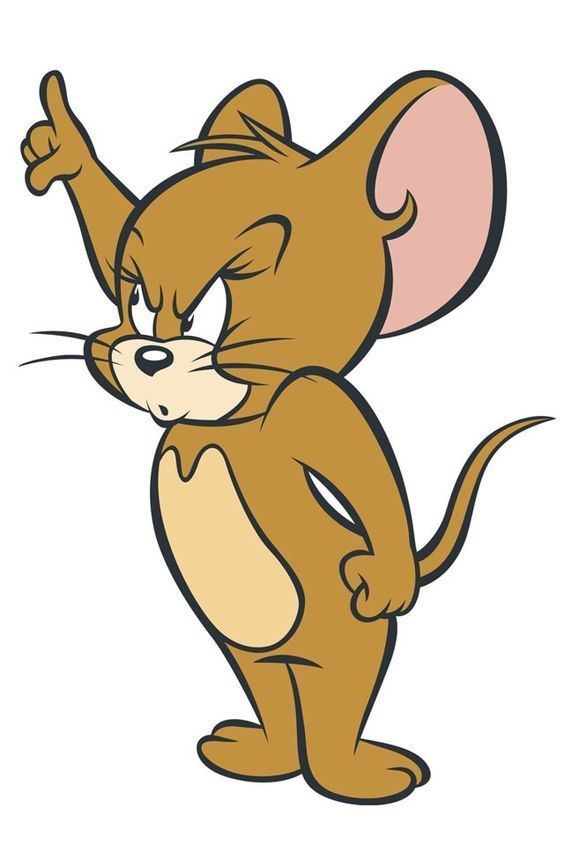
The name "Jerry" was chosen by MGM animator John Carr, who submitted "Tom and Jerry" as potential names for the duo after an important Loews Inc. distributor in Texas asked for follow-ups to Puss Gets the Boot. While the idea of a cat-and-mouse duo was considered shopworn by the 1940s, Hanna and Barbera decided to expand upon the standard expected hunter/prey relationship. Their Jerry Mouse, an "incurable scene stealer", served more or less as the protagonist of most of the films; instead of being a "cowering victim" of his pursuer, Tom, he took delight in besting, and often torturing, his antagonist (though sometimes, Tom is just following orders or is even just minding his own business and is antagonized by Jerry). Hanna and Barbera considered Tom and Jerry "the best of enemies", whose rivalry hid an unspoken amount of mutual respect.

In later Tom and Jerry cartoons, Jerry acquired a young ward: a small grey mouse called "Tuffy" or "Nibbles" depending upon the cartoon, who was left on Jerry's doorstep as a foundling baby in the 1946 short The Milky Waif. Jerry and Tuffy were also featured together in a sub-series of Tom and Jerry cartoons set in 17th century France which featured the characters as musketeers. The first of these shorts, The Two Mouseketeers, won the 1951 Academy Award for Best Short Subject: Cartoons.
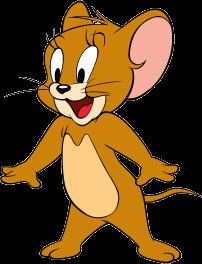
Hanna and Barbera served as writer/directors of the Tom and Jerry cartoons until 1956, when they also became the producers. Fourteen Tom and Jerry cartoons between 1940 and 1954 were nominated for the Academy Award for Best Short Subject: Cartoons, with seven of the shorts winning that award. MGM shut down its animation department in 1957, but new Tom and Jerry cartoons were produced by Gene Deitch and later Chuck Jones during the 1960s. Jerry would also appear in later Tom and Jerry productions made for television, a series of direct-to-video features, and Tom and Jerry: The Movie, a 1992 theatrical film. Later productions eschewed much of the violence the 1940s and 1950s shorts were known for, and in several of the television shows Jerry was given a red bow tie and a kinder disposition.
Tom and Jerry aren't always enemies; they have been known to team up on occasion.
Anchors Aweigh
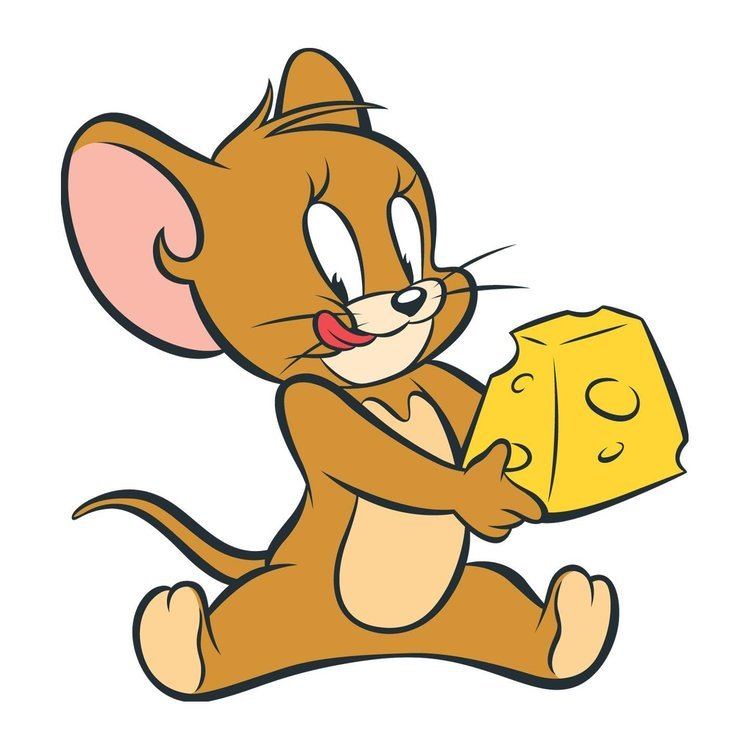
On his own, Jerry Mouse appears in a fantasy sequence in the 1945 Gene Kelly MGM musical film Anchors Aweigh. Jerry appears as the ruler of a kingdom where music is banned because he feels he lacks talent, and Kelly persuades the mouse into performing a song-and-dance number with him. Kelly and MGM had originally wanted Walt Disney's Mickey Mouse as Kelly's dance partner for the sequence, but Disney was unwilling to license the character.
Hanna and Barbera achieved the effect of Kelly dancing with Jerry by rotoscoping: live-action plates of Kelly dancing alone were shot first, and the action traced frame by frame so that Jerry's movements would match. The success of the animated segment of Anchors Aweigh, which was noted as "stealing the show" in contemporary trade reviews, led to two more live-action/animated projects for Hanna and Barbera and MGM: an underwater ballet sequence featuring both Tom and Jerry in Esther Williams' 1953 film Dangerous When Wet, and the "Sinbad the Sailor" sequence of Kelly's 1956 film Invitation to the Dance.
Tom & Jerry Kids
In 1990, this version of Jerry wears a red bowtie, and has a tuft of hair on his head. He often taunts Tom (as a kitten) any chance he gets. Sometimes, in a few episodes, he is friends with/allies of Tom.
Voice actors
Jerry is primarily mute in most incarnations of Tom and Jerry, but on occasion he did have a voice.
